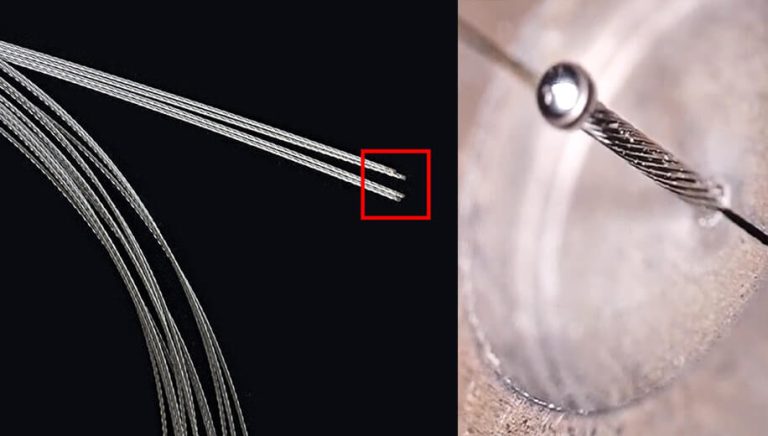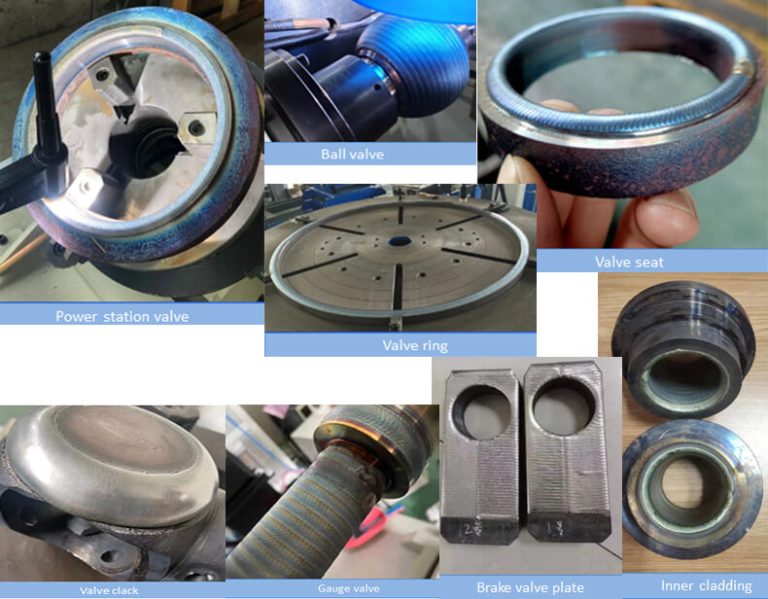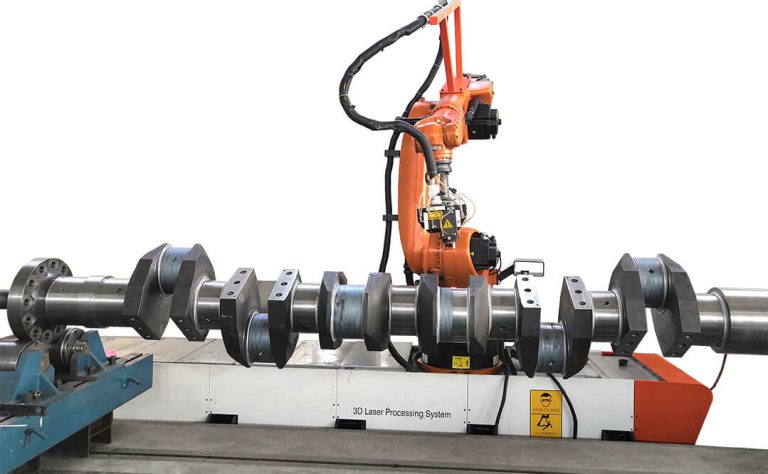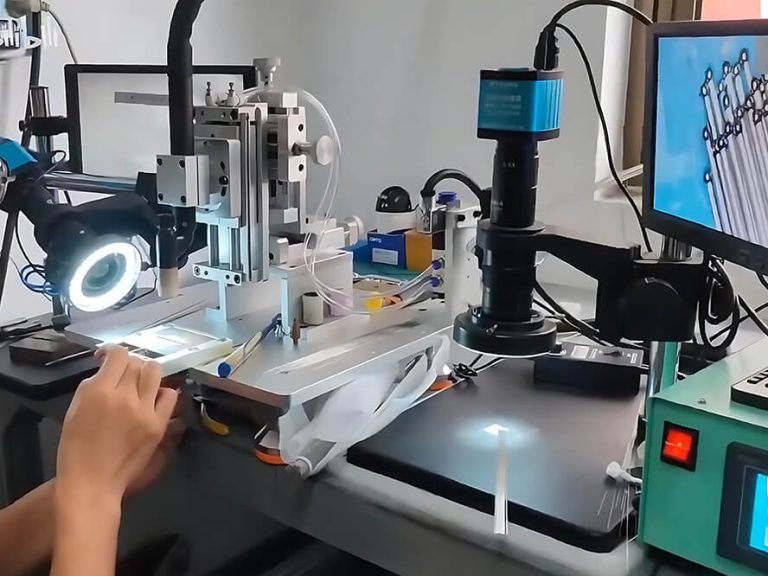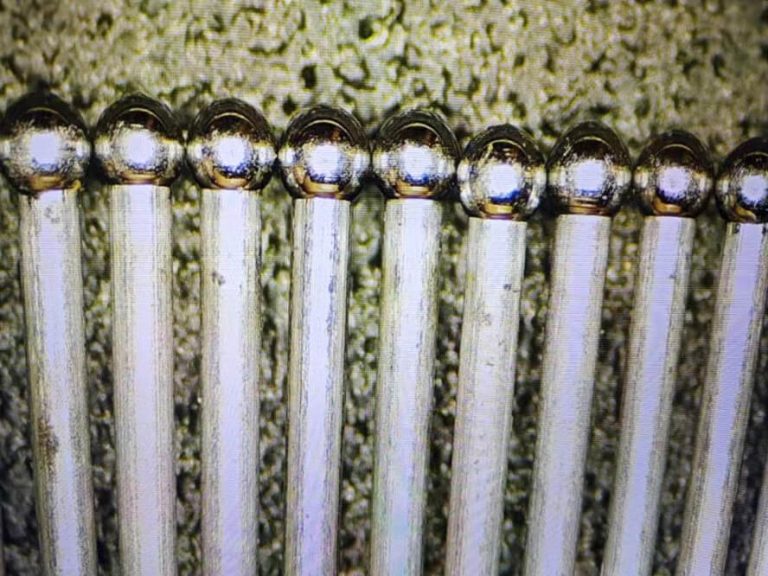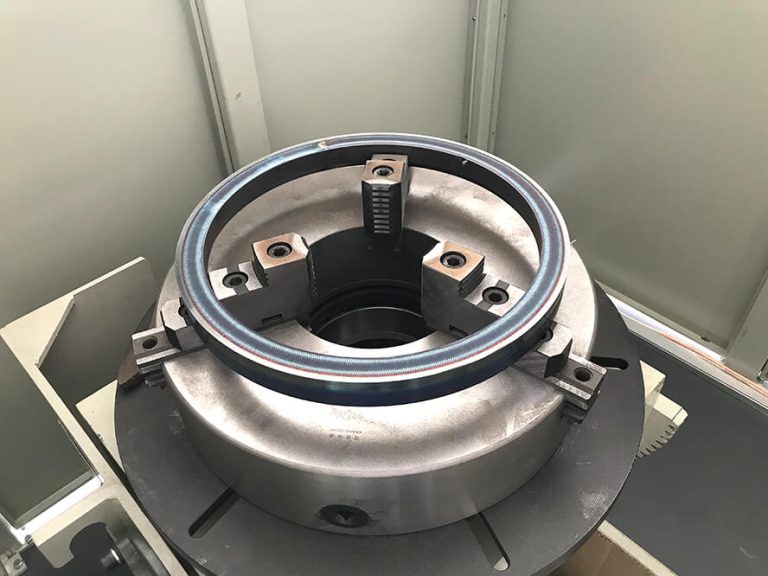Ball-tip technique for medical guidewires — guidewire tip-forming equipment.
Ball-tip Medical Guidewires.
Medical guidewires are slender, flexible metal wires used during surgical procedures or medical examinations. They enable the insertion of a catheter—a thin, flexible tube—into a patient’s body through a small incision. Once the catheter is correctly positioned, the guidewire can be removed, leaving the catheter in place to continue the surgery, examination, or other treatment procedures. Compared to traditional methods, the guidewire and catheter technique offers flexibility, convenience, and minimizes harm to the body, making it an essential tool for various minimally invasive surgeries and examinations, such as angioplasty, catheter insertions, or laparoscopic inspections. Common materials used for medical guidewires include Durasteel (a type of stainless steel) and Elastinite (a nickel-titanium memory alloy). Depending on the specific application, the material, shape, length, and diameter of the guidewire can vary.
The design of the guidewire tip is fundamental to its controllability and flexibility. For example, in medical guidewires used for vascular treatments, we require them to have excellent maneuverability, flexibility, shape retention, appropriate tip hardness, and detailed tactile feedback. These attributes ensure that the guidewire can swiftly and accurately reach its designated position. The guidewire’s flexibility ensures it can bend freely within the body following the contour of the vessels, preventing potential harm. To meet the diverse performance requirements at different positions of the guidewire, the tips are often shaped into a spherical or semi-spherical form using micro-welding techniques, commonly referred to as ball-tip medical guidewires.
Balled Tip Guidewire Technique (Guidewire Tip Forming Technique).
The balled tip guidewire technique, also known as the guidewire tip forming technique, primarily involves using micro-welding machines to shape the tip of the guidewire into a spherical or semi-spherical form. This process is commonly referred to as Ball Tip Welding or Ball End Welding. It works by melting the guidewire tip and the welding material, allowing the inherent cohesive forces within the material to form a spherical shape.
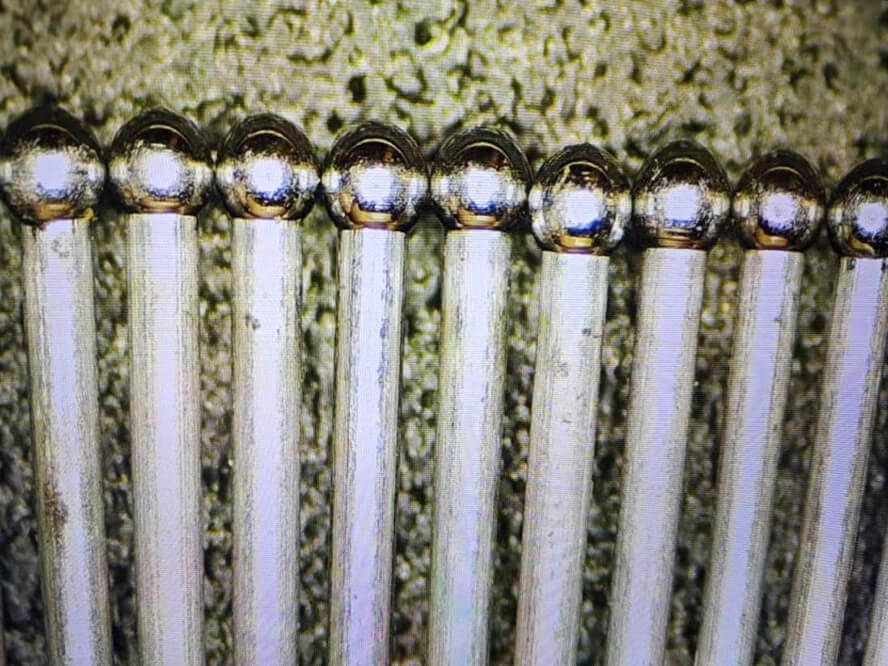
Molybdenum Wire: 0.38 mm, Ball: 0.56 mm
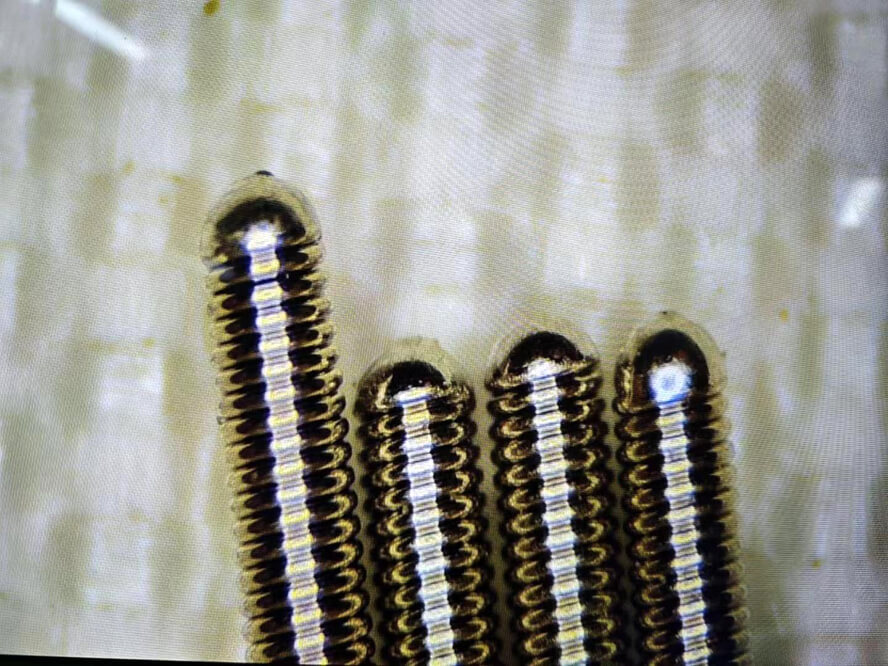
Stainless steel Coil: 0.32 mm,Core:0.12 mm
Guidewire Micro Welding Equipment.
Guidewire micro welding equipment is typically tailored to specific requirements, utilizing micro-welding machines combined with custom-designed jigs and control systems. Of course, there are various types of micro-welding machines available, including the Micro Plasma Welding Machine, Micro Laser Welding Machine, and Micro TIG Welding Machine. Each of these has its unique features, allowing users to choose based on their specific needs and budget considerations. Want to know more.
Deewi Automation boasts extensive experience and technical expertise in the field of Ball Tip Welding techniques for medical guidewires. If this issue is challenging you, we are more than willing to collaborate and find a solution.

